Ten Things I Have Learned About Self-Employment Over 30 Years
Yes, it’s true. I’ve been self-employed for over 30 years now (barring a short barren spell 20 years ago when I took a temporary job at the University of Wolverhampton to help make ends meet).
I worked primarily as a freelance writer, but also as a freelance proofreader and editor. As regular readers will know I am semi-retired these days, though still available for small to medium-sized projects that I can fit in around my other commitments 🙂
Inevitably over the last 30 years I’ve learned a few things about self-employment, so I thought today I’d share some of them here. I hope this will be helpful to anyone who may be contemplating going down this route.
1. You Need an Accountant
This is actually my top tip to anyone starting out in self-employment. Tax is complicated (Shock! Horror!) and there really is no substitute for getting advice from a professional in the field.
Yes, you can do your own book-keeping (and there is no shortage of clever software to help with this). But an accountant will do so much more. They will help you set up your record-keeping system, answer any queries you may have, draw up and submit annual accounts for you, and help if (for example) HMRC raise any queries about your tax return. True, an accountant will cost you a few hundred pounds a year, but I have never for one second resented this. It is money well spent for the peace of mind it gives you alone.
- Just one example. Some years ago I was offered a five-figure sum by a publisher in exchange for all rights in some online courses I had created. It seemed a good deal, but before signing on the dotted line thought I should run it past my accountant first. He pointed out that with one or two minor changes to the wording of the contract – which the publishers were happy to make – the fee would be regarded by HMRC as a capital gain rather than taxable income. As I had no other taxable gains that year I was able to keep the entire sum I was paid. Without my accountant’s advice, I could easily have ended up paying thousands of pounds in unnecessary tax.
So get an accountant before you do anything else – you know it makes sense. See also my recent blog post that goes into more detail about why you need one.
2. Controlling Workflow is Crucial
One thing you will soon discover if you take the road of self-employment is that it’s a very short distance from having too little work to too much (and back again). In a conventional job you will have colleagues to share the load, and a manager to complain to if it all gets too much. As a self-employed person, managing your workload is all down to you.
There is no doubt this can be stressful at times. One minute you are worrying about not having enough work to pay the bills. The next you are agonizing over how to keep all your clients happy and meet their deadlines without spreading yourself too thinly and burning yourself out.
There is no easy answer to this; it’s just one of those things all self-employed people have to manage as best they can. One thing I have found helpful, though, is building a network of trusted people in the same field as me. Then when I am feeling swamped I can ask if they would be interested in taking over some work from me – and vice versa, if they are very busy they may pass some of their excess work my way. This can be very helpful in smoothing out your workflow, although you need to be sure that anyone you recommend to a client will do a good job for them.
3. Business Is About People
Obviously to run a successful self-employed business, you need to be competent (and ideally better than that) at whatever it is you do.
Beyond that, however, business is about building and nurturing relationships. This is especially important in terms of getting repeat business, which for most self-employed people is crucial to maintaining a steady workflow (see above).
For any given job, there will be plenty of other people who could do it just as well as you (maybe even better). So you need to come across as someone who is pleasant and trustworthy as well as capable of doing the work. Once you have built a good working relationship with a client, chances are they will keep coming back to you in future, and recommend you to their friends or colleagues as well.
You don’t have to become best mates with everyone you work for, but making the effort to connect with them and build a good relationship will undoubtedly pay off many times over.
4. You Need to Network
However good you are at your work, no client is going to beat a path to your door. You need to network
Obviously social media like Twitter and Facebook can be a big help here. But it’s good to put yourself about in the flesh too. If you are a freelance writer, for example, join your local writers’ circle, go on writers’ courses and conferences, volunteer to give talks, apply for residencies, and run classes in adult education. All of this will help raise your profile, and make it more likely that potential clients will get in touch with you.
And also under this heading I’d add, build up your network of useful contacts. These can come from all sorts of places: business colleagues and former colleagues, suppliers, clients, people you meet on courses, people you connect with via social media, and so on. Many of the new opportunities that have come my way over the years did so as a result of networking.
5. Don’t Rely Solely on the Internet
The internet is a wonderful thing, and there are lots of great resources on it for the self-employed. It can also be great for marketing your services. However, there was no internet at all when I was starting out, and it didn’t hold me back!
I find that young people especially tend to rely heavily on the internet and sometimes forget about other, more traditional media. If I was starting out as a freelance today, one thing I would certainly do is approach potential clients directly by letter and even by phone call. This can be a lot more effective than sending an email, which will probably end up in their spam folder anyway.
I would also scour job ads in newspapers and magazines, looking for businesses who are hiring in related fields to my own specialism. They might well be in need of freelance assistance as well, and a speculative application could turn up a regular source of work. Again, this is a strategy that has worked well for me in the past.
6. You Must Be Reliable
This is one of the most important qualities any client wants. He/she wants to be confident that you will deliver your product or service by the agreed deadline. If the deadline passes and you haven’t met it, for business clients especially it can create all sorts of problems for them.
If you can see you’re going to have problems meeting a deadline, therefore, DON’T just cross your fingers and hope for the best. Tell your client. Given sufficient notice they may be able to make alternative arrangements. But if you don’t tell them in advance, it may be too late for this. Don’t then expect them to offer you any work in future.
7. You Must Be Accessible
Clients may sometimes need to contact you at short notice, e.g. to check a specification or request a progress update. You don’t have to be always just a phone call away (though that won’t hurt), but it should be possible for a client to contact you by some means and get a reply within 24 hours. Always aim to have your mobile with you, therefore, and check this and your email regularly, preferably at least twice a day.
And if you’re going away on holiday for more than a day or two, it’s a courtesy to let regular clients know, especially if you are in the middle of a job for them!
8. Don’t (Usually) Argue
OK, this one is a bit controversial. If you disagree with a client’s choice, you can say so. But don’t push it. At the end of the day, whoever pays the piper calls the tune.
Here’s an example from my own experience. In my capacity as a newsletter editor I was pitched an idea by a semi-regular contributor. Normally I liked his ideas, but for various reasons I couldn’t use this one, so I turned it down with a polite explanation. I then received a long, aggrieved email telling me quite forcibly that I was wrong and he was right, concluding with words to the effect, ‘I think I know our readership by now.’ As you might guess, I didn’t commission many more articles from him after that…
9. Be Friendly but Professional
As I said above, it’s good to build relationships with clients. Over a period of time you will inevitably get to know one another quite well, and genuine friendships often result.
However, remember that the client is also – in effect – your employer, so it’s important to remain professional in all your dealings with them. Don’t assume that because ‘John’ or ‘Mary’ is your buddy, they won’t mind if you palm them off with inferior work or take other liberties with them.
Another example here (all names changed to protect those concerned). A few years ago one of my regular clients, a guy I’ll call Phil, was looking for an additional freelance writer. I recommended a woman named Clare to him, whom I’d worked with on a couple of projects.
All seemed to go well at first, and then I heard that he had dropped Clare quite suddenly. As I knew Phil pretty well, I asked him what had happened. He was a bit reticent at first, but then he told me, ‘We’re a family company, Nick, and we choose the people we work with very carefully.’
A little more probing finally revealed that he had been on the phone to Clare one day, and she casually dropped the F-bomb into their conversation two or three times. Phil hadn’t said anything to her at the time, but I guess he was a bit shocked by this. Anyway, he decided that he couldn’t work with her any more.
I must admit, I don’t know why Clare did this. Maybe she wanted to show she was “one of the boys”, or maybe she’d just been watching too many Hollywood movies. In any event, it was exactly the wrong tack to take with Phil, who abhors bad language in any form. And so it cost Clare the opportunity of a continuing source of well-paid work.
That’s perhaps an extreme example, but it does illustrate an important point. A good, friendly relationship with a client can be very rewarding for both parties, but you should never let it become an excuse for behaving unprofessionally.
10. Keep Updating Your Skills!
Whatever line of business you’re in, you will need to keep updating your skills and even learning new ones.
That has certainly applied for me. When I set out as a freelance writer/editor, I was using an Amstrad PCW computer/word processor. It had no internal storage, no mouse, and used its own dedicated operating system called Locoscript. It came with a slow and cranky dot matrix printer, and had literally no bells and whistles. It had a key with the word OPTIONS on it, and when you pressed this a message came up on the screen saying NO OPTIONS. That summed it up really!
After a couple of years – maybe a bit longer – I realised I would have to dump my PCW and get a ‘proper’ home computer. This came with a mouse and used an early version of Windows (probably 3.1). I then had to learn a whole new set of skills, which I did largely through trial and error and reading books (the internet not being a thing then).
Over the years since I have had to acquire many more new skills, including how to proofread and edit electronically, how to do basic HTML coding, how to build and update a WordPress website, how to do search engine optimization and use social media to market my services, and much more. I also had to keep up with the latest software so I could deliver the services my clients needed using the software they used themselves.
If you’re in a normal job, your employer will generally arrange training for you when the need arises (and of course pay for it). As a self-employed person, once again, it’s all down to you. You will need to stay up to date with developments in your field and arrange training when necessary (or take time out to teach yourself) and pay your own costs (which are at least allowable against tax). If you don’t do this, you are likely to find yourself left high and dry as the world moves on and your old skills are no longer relevant.
Obviously this applies especially in fields such as mine that require the use of modern electronic technology. But whatever your field – even gardening or window-cleaning – there will inevitably be changes in fashion/tastes, technology, legal requirements, custom and practice, and so forth. It is essential to stay aware of what is going on in your chosen field, update your skills and learn new ones as required.
I do hope you find these tips helpful. If you have any comments or questions – or any other useful tips for people new to self-employment – feel free to add them below as comments.




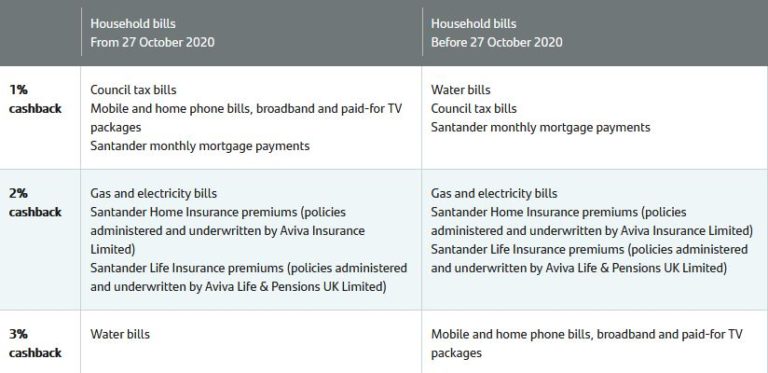
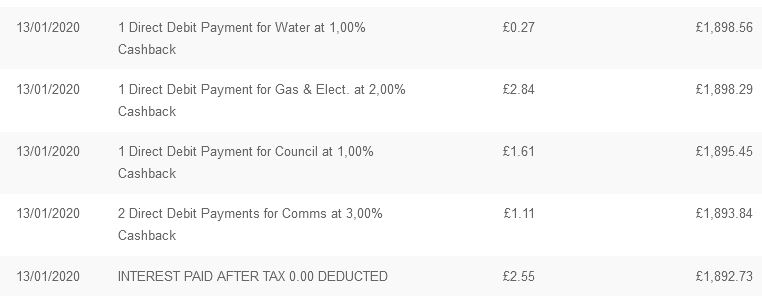






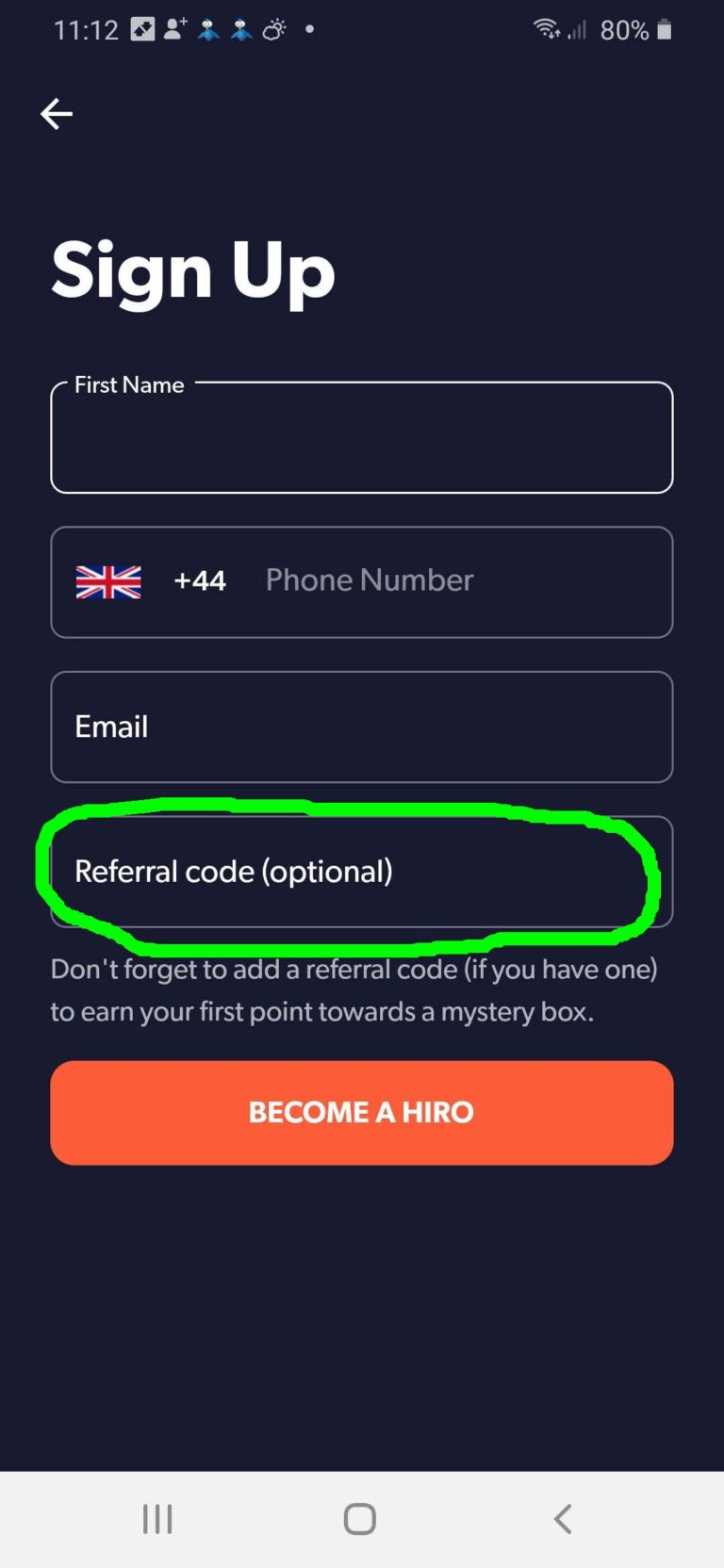
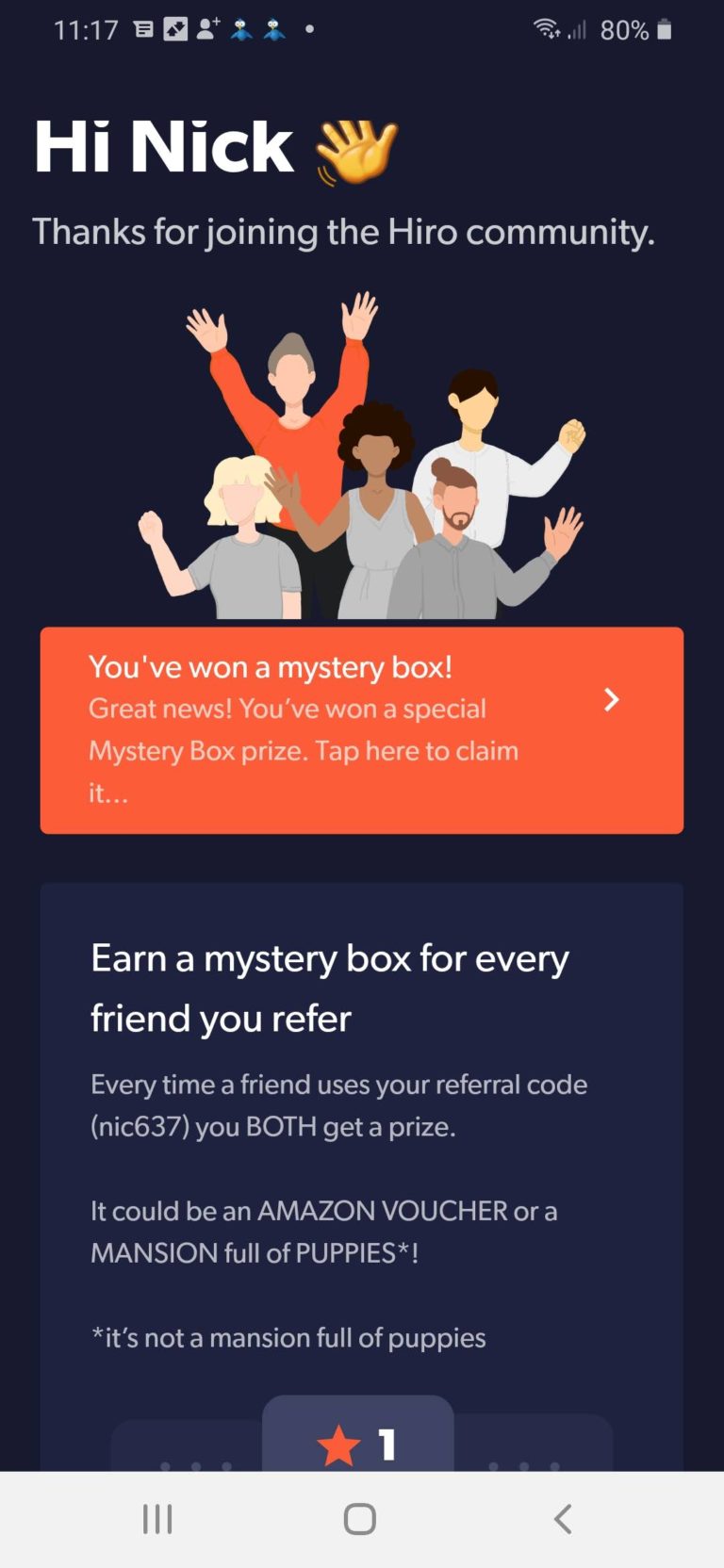
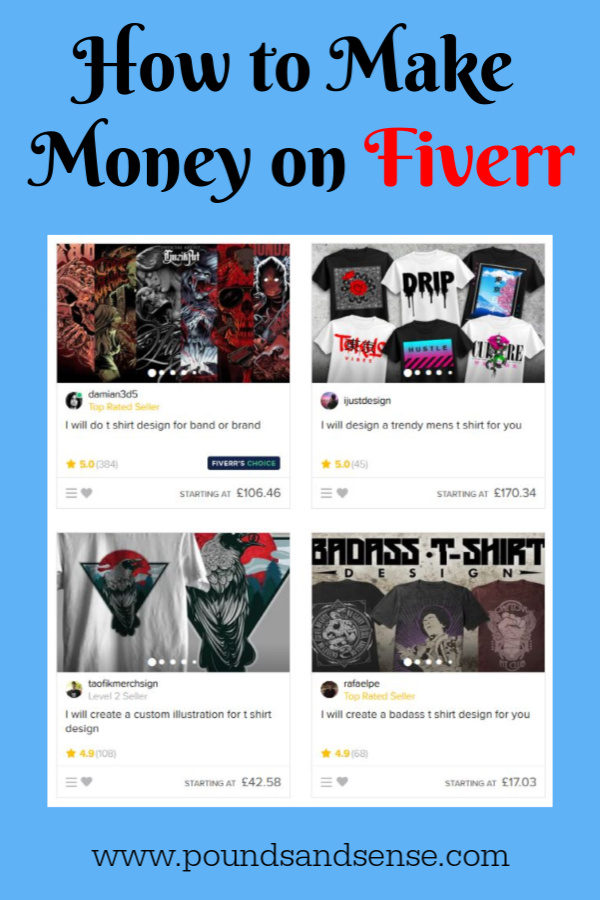
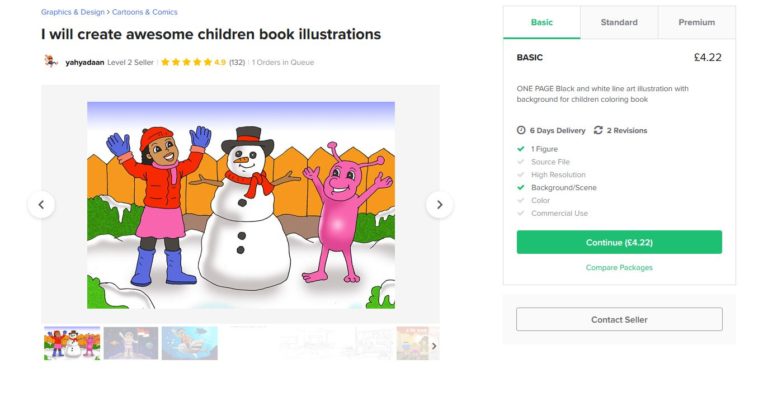 The ability to offer multiples and extras greatly boosts the money-making potential of Fiverr, so it’s well worth putting in a bit of extra effort with your first few gigs to ensure you get good feedback and are quickly promoted to the higher levels.
The ability to offer multiples and extras greatly boosts the money-making potential of Fiverr, so it’s well worth putting in a bit of extra effort with your first few gigs to ensure you get good feedback and are quickly promoted to the higher levels.